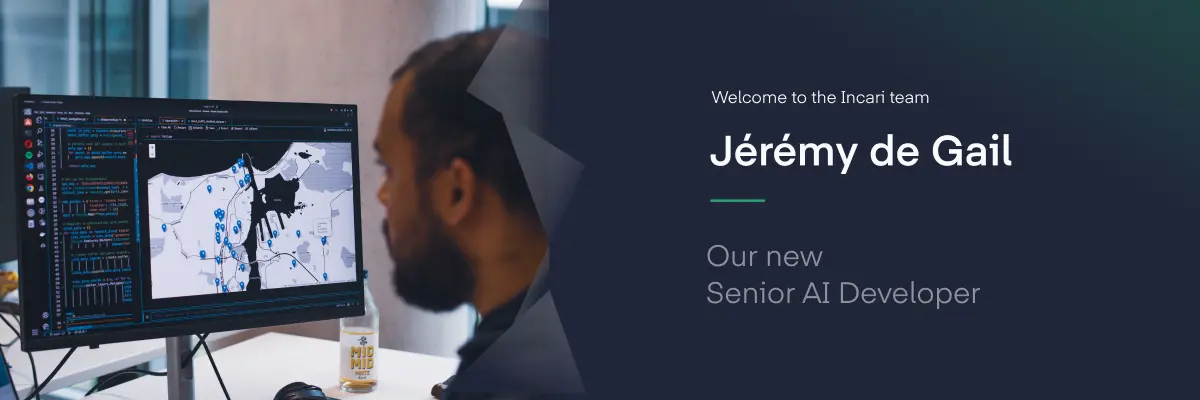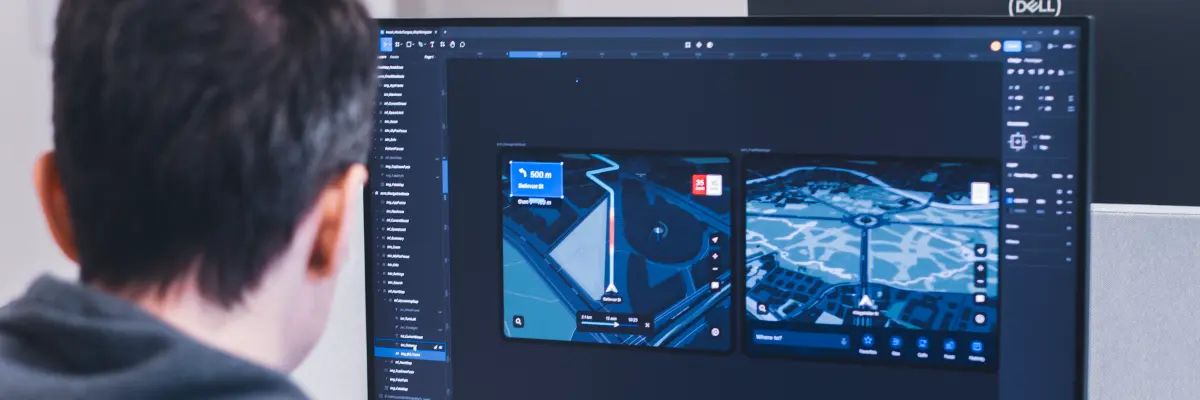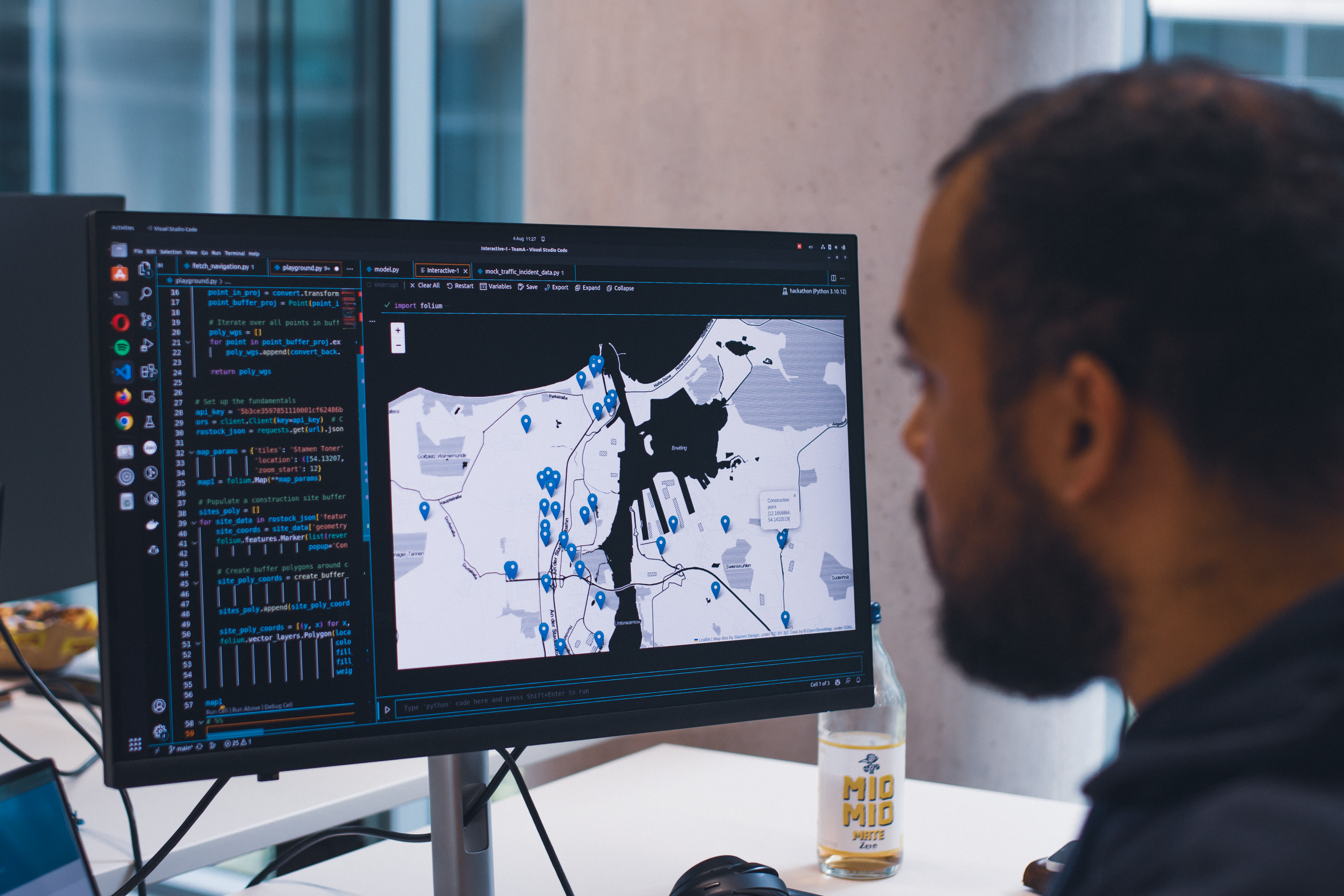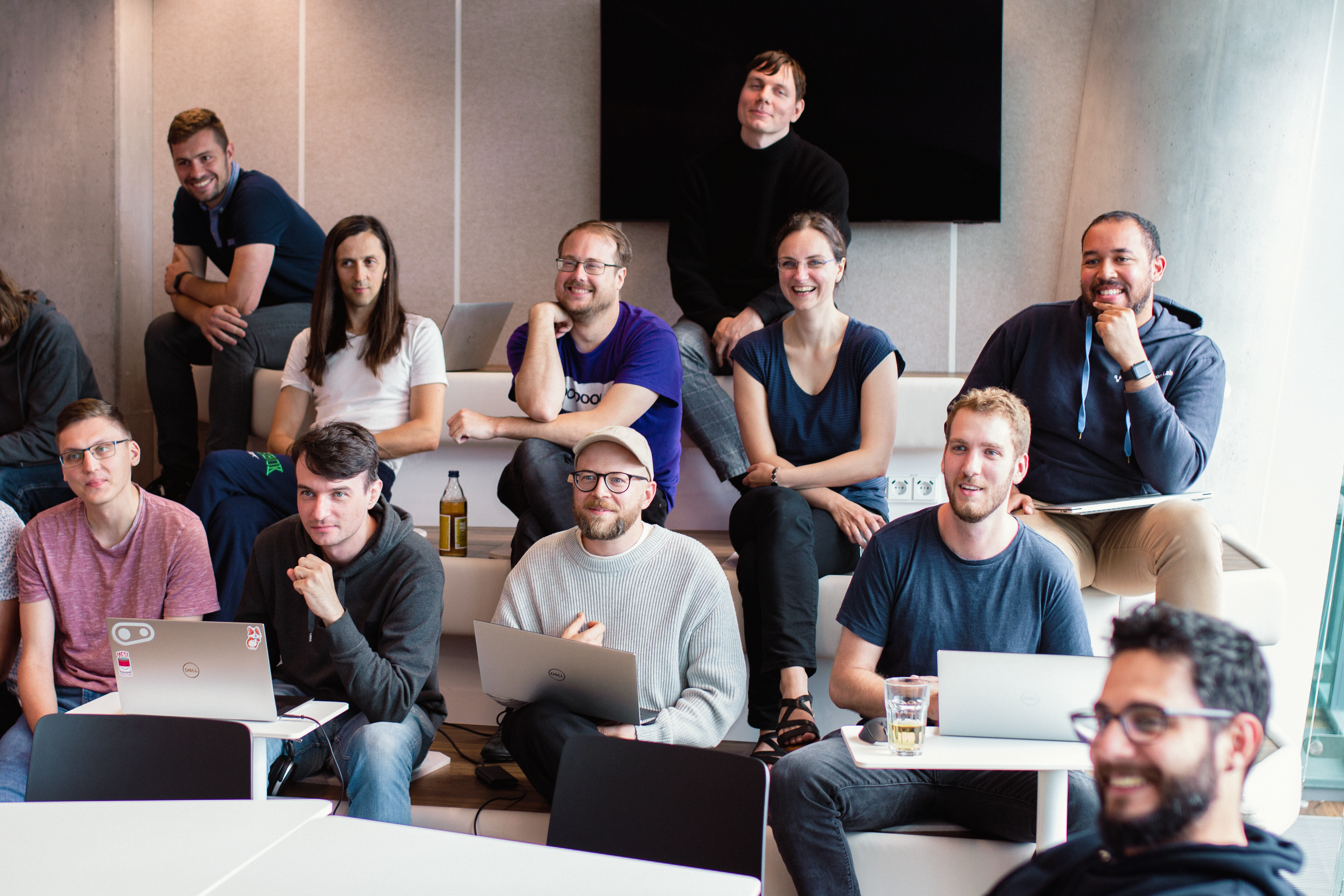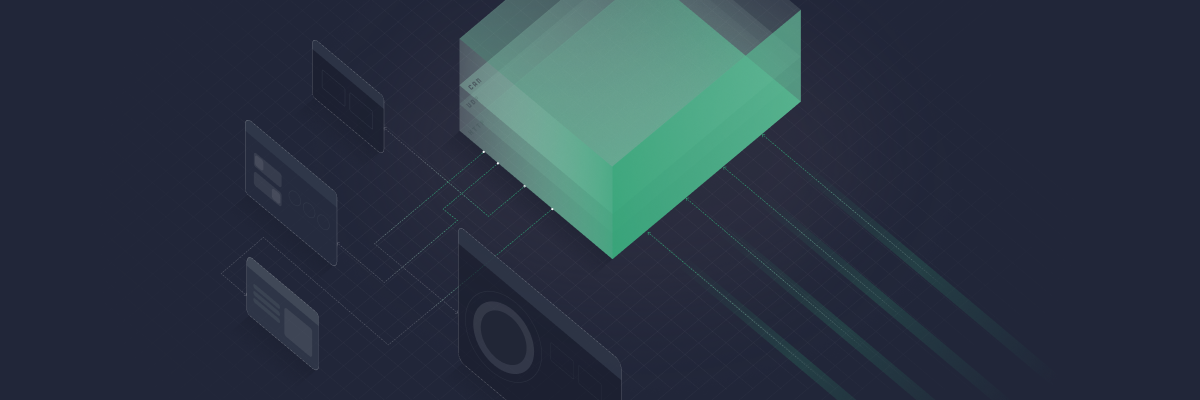Can you introduce yourself to us? Share a bit about your background, education, and your journey to Berlin.
I’m Jérémy, originally from France and the Ivory Coast. My educational pursuits took me to several corners of the world. I studied Econometrics in France near the German border and then European Businesses in Derry, Northern Ireland. My Master’s in Big Data was from Istanbul, Turkey. After my time in Istanbul, I shifted towards marketing, but with an emphasis on analytics. Though AI was at the time still largely perceived as science fiction, my experience with big data and machine learning made me passionate about its real-life applications. I worked in Paris for some time before relocating to Berlin seven years ago. Now, I’ve embraced a new challenge with Incari.
Great, now that we know who you are, let’s chat about what your role will entail at Incari!
I’m in the process of building the Artificial Intelligence department at Incari. As a Senior AI developer, I have two main objectives. Firstly, we aim to integrate the latest generative AI technologies to enhance Incari Studio’s features and automation. Secondly, we’re keen on refining internal operations. By integrating AI into Incari, we aim to revolutionize our workflow, starting with basic building blocks.
What do you perceive as your most significant challenge in this role?
The developing nature of generative AI means a lack of established best practices. It’s an arena of experimentation, demanding flexibility and staying current. I’ll be thrilled when we effectively implement a robust language model. Additionally, I’m keen to orient myself to Incari Studio and learn C++ programming, which will be a valuable addition to my skills.
What aspects of your role at Incari excite you the most?
Several things, but the topmost is the uncharted territory I’m venturing into. Setting up processes from scratch and being at the heart of it all is exciting. My love for data science, coupled with the opportunity to stay updated with AI research, is the cherry on top. I also can’t forget about the enjoyment at Incari. The vibes are awesome and it is great to collaborate and innovate together with this team.
Before we conclude, how about sharing something light-hearted – perhaps a personal project or an interesting tidbit?
Yes, so there is a very special passion project that I have been working on for a while now – Sahara Sands. This is an immersive collectible card game that is inspired by the captivating world of African cultures and mythologies. I have spent countless hours researching, designing, and experimenting and I am proud to say that the game I created with so much passion will soon be available. The first season titled “The Akan” will transport you to West Africa to discover the mystical realm of the ancient Akan group. If you are interested you can get more information on Sahara Sands’ website.
At Incari, we value diversity, passion, and a drive to innovate. Jérémy’s induction amplifies our relentless dedication to these ideals. Stay connected for more introductions and insights into the ingenious minds shaping our brand.
